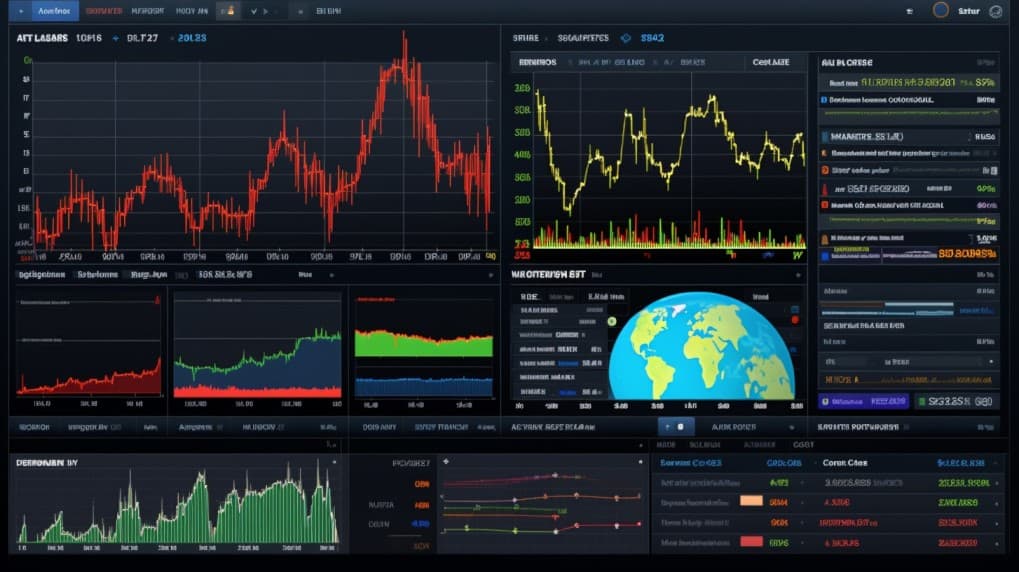
XBI VS XLV
In the vast landscape of the financial world, Exchange Traded Funds (ETFs) have carved a niche for themselves, especially in recent years. These financial instruments have made investing in various sectors more accessible to the average investor. A common debate among ETF enthusiasts is the comparison between XBI and XLV. This article aims to shed light on the primary differences, characteristics, and nuances of these two ETFs.
XBI VS XLV: Sectors and Top Holdings
To begin with, the sectors and top holdings that these ETFs focus on are crucial. XBI, the SPDR S&P Biotech ETF, primarily focuses on the biotechnology sector. This sector has companies that are often involved in the research, development, and distribution of novel drugs and medical technologies. On the other hand, XLV, the Health Care Select Sector SPDR Fund, is more comprehensive and includes pharmaceuticals, healthcare equipment, and healthcare-related services, in addition to biotechnology.
The top holdings for XBI are typically spread across various smaller biotech companies, fostering a diversified exposure to this high-growth but volatile sector. Meanwhile, XLV's top holdings often comprise industry giants in healthcare and pharmaceuticals. These companies typically have more established revenue streams and market presence.
 XBI overlap XBI VS XLV
XBI overlap XBI VS XLV
XBI VS XLV: Capitalization Strategy
When we dive deeper into the capitalization strategy of these ETFs, differences emerge. XBI employs an equal-weight strategy. This means that it doesn't lean heavily on just a few companies; instead, it distributes its investments relatively equally across its holdings. The benefit of such a strategy is that if one company underperforms, it doesn't drag down the entire ETF's performance significantly.
XLV, conversely, is a market-cap-weighted ETF. This means that its investments are weighted based on the market capitalization of its constituent companies. The bigger the company, the more significant its weight in the ETF. Consequently, XLV's performance is more sensitive to the moves of the larger healthcare giants it holds.
XBI VS XLV: Tracking and Exposure
Understanding the tracking and exposure of these ETFs is pivotal for investors. Tracking refers to how closely an ETF’s performance mirrors that of its underlying index. Both XBI and XLV have historically shown a tight tracking error, which means they have efficiently mirrored their respective indices.
In terms of exposure, XBI offers a more aggressive play on the biotech sector, given the inherent risks and rewards associated with biotechnology companies. These companies might be in the process of developing a breakthrough drug, but there are no guarantees in the R&D world. Investing in XBI can mean higher potential returns, but with increased volatility.
XLV provides broader exposure to the entire healthcare sector. For investors looking for stability and dividends, XLV might be a more suitable option. Its broader base means it's somewhat insulated from the volatilities of a specific niche, like biotechnology. Plus, many of the larger companies within XLV's portfolio are known to pay consistent dividends, making it appealing for income-focused investors.
Conclusion
Both XBI and XLV offer unique opportunities and challenges to investors. XBI's equal-weight strategy and focus on biotechnology can be an exciting option for those willing to embrace volatility for potentially higher returns. XLV's broader scope and market-cap-weighted approach can be ideal for investors seeking more stability and consistent dividends.
Choosing between XBI and XLV boils down to one's investment goals, risk tolerance, and perspective on the future of the healthcare sector. Regardless of the choice, staying informed and revisiting one’s investment thesis regularly is always a prudent strategy.
Sources:
- SPDR S&P Biotech ETF official webpage
- Health Care Select Sector SPDR Fund official webpage
- Recent performance data from various financial news outlets"
XBI ETF issuer
XBI ETF official page
XLV quote and analysis
Discover the top holdings, correlations, and overlaps of ETFs using our visualization tool.
Our app allows you to build and track your portfolio.
To learn more about the XLV Health Care Select Sector SPDR Fund, access our dedicated page now.